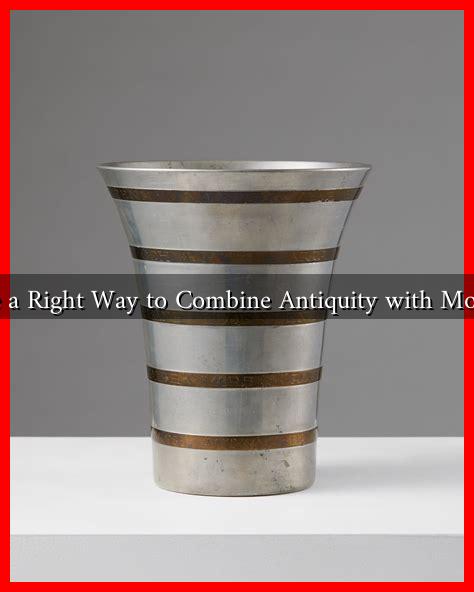-
Table of Contents
Is There a Right Way to Combine Antiquity with Modernity?
The interplay between antiquity and modernity has long fascinated artists, architects, and thinkers. As societies evolve, the challenge of integrating historical elements with contemporary practices becomes increasingly relevant. This article explores the various approaches to combining these two seemingly disparate worlds, examining the benefits, challenges, and successful case studies that illustrate the potential for harmony between the old and the new.
The Importance of Context
Understanding the context in which antiquity and modernity coexist is crucial. The significance of historical elements can vary greatly depending on cultural, geographical, and social factors. Here are some key considerations:
- Cultural Heritage: Many societies place a high value on their historical roots, making it essential to respect and preserve these elements when integrating modern designs.
- Technological Advancements: Modern technology can enhance the preservation of antiquity, allowing for innovative methods of restoration and display.
- Urban Development: In rapidly growing cities, the challenge lies in maintaining historical sites while accommodating modern infrastructure.
Successful Examples of Integration
Several cities and projects around the world exemplify the successful combination of antiquity and modernity. These case studies provide valuable insights into effective strategies:
1. The Louvre Pyramid, Paris
Designed by architect I.M. Pei, the glass pyramid at the entrance of the Louvre Museum is a striking example of modern architecture harmonizing with a historic site. Completed in 1989, the pyramid serves as a contemporary gateway to one of the world’s oldest art collections. The transparent structure allows natural light to flood the museum, enhancing the visitor experience while respecting the grandeur of the surrounding classical architecture.
2. The High Line, New York City
The High Line is an elevated linear park built on a former railway line in Manhattan. This project showcases how modern urban design can celebrate historical infrastructure. By preserving the original tracks and incorporating native plants, the High Line creates a unique blend of nature and urban life, attracting millions of visitors each year. The project has revitalized the surrounding neighborhoods, demonstrating that modernity can breathe new life into antiquity.
3. The Acropolis Museum, Athens
Opened in 2009, the Acropolis Museum is a modern architectural marvel that houses artifacts from the Acropolis of Athens. The museum’s design emphasizes transparency and light, allowing visitors to view the Parthenon from within. This integration of modern design with ancient artifacts not only enhances the visitor experience but also fosters a deeper appreciation for Greece’s rich history.
Challenges in Combining Antiquity with Modernity
While there are numerous successful examples, the integration of antiquity and modernity is not without its challenges. Some of the most common issues include:
- Preservation vs. Innovation: Striking a balance between preserving historical integrity and embracing modern design can be contentious.
- Public Perception: Community resistance to modern interventions in historical sites can hinder progress and lead to conflicts.
- Funding and Resources: Securing financial support for projects that aim to combine antiquity with modernity can be difficult, especially in economically challenged areas.
Conclusion: Finding the Right Balance
Combining antiquity with modernity is a complex but rewarding endeavor. The key lies in understanding the historical context, respecting cultural heritage, and employing innovative design strategies that enhance rather than overshadow the past. Successful examples like the Louvre Pyramid, the High Line, and the Acropolis Museum demonstrate that it is possible to create spaces that honor history while embracing the future.
As cities continue to evolve, the dialogue between antiquity and modernity will remain vital. By fostering collaboration among architects, historians, and communities, we can ensure that our built environment reflects both our rich past and our aspirations for the future. Ultimately, there may not be a single “right way” to combine these elements, but through thoughtful consideration and creativity, we can find pathways that honor both.
For further reading on this topic, consider exploring resources from the International Council on Monuments and Sites (ICOMOS), which focuses on the conservation of cultural heritage worldwide.

